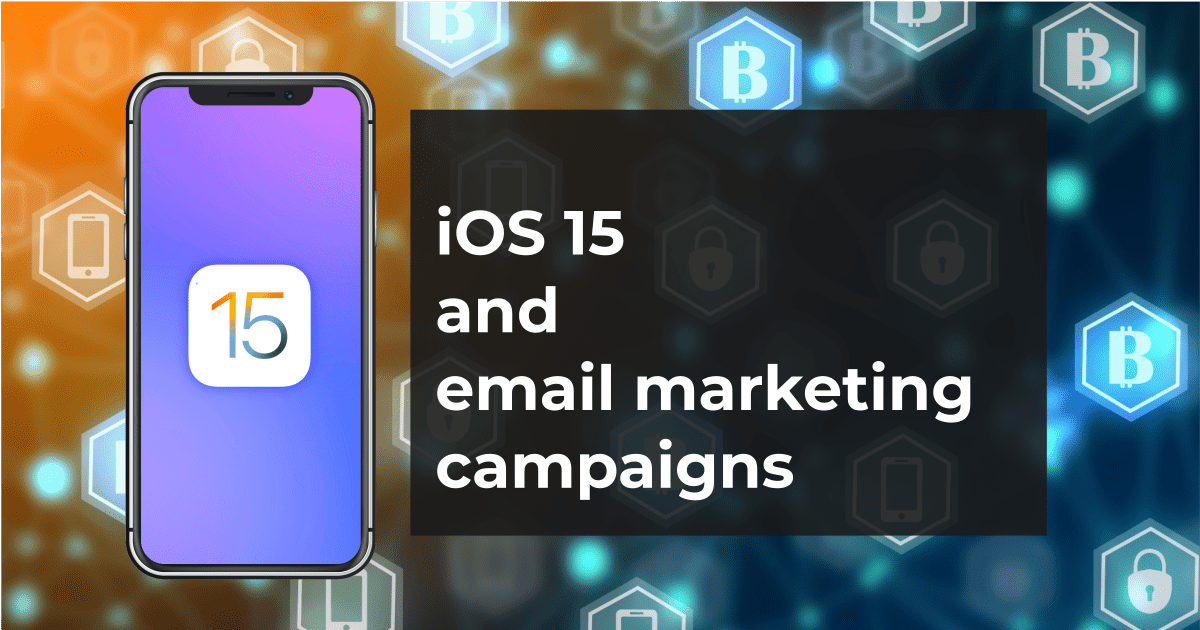iOS 15 introduces a raft of safety and privacy.
Because most of these features are under-the-hood most users may not care even though they are advantaged by them. However, businesses that use digital marketing should pay attention to Mail Privacy Protection which is part of iOS 15.
On a software update users are asked to opt-in to MMP. Global opt-in rates are currently estimated to be around 75%. I expect that the rate will grow and probably sit at around 95% in the long term.
This is how MPP affects email campaigns:
Open Rate Data
One vital metric is open rate data. We use this for tracking audience engagement, and sometimes as a trigger in our automated email sequences: Open rate data gets used to target users who strongly engaged so can put them into a cohort that can be targeted specifically. Open rate data is no longer available from iOS 15.
IP Addresses
There are a few things we can do with this datum. One basic tactic is the segmentation of audience by location. IP addresses can be used for geolocation, easing this aspect of segmentation. This data will no longer be available from iOS 15.
So What Do We Need To Do?
1) Update Email Automations
Long running email campaigns that have simply just worked for long periods of time sometimes just forgotten about. If you’ve got automations that have been running for a long time then you should check them to see if any aspects of their effectiveness relies on open rate or IP address data. It’s always good to audit long-running campaigns anyway. But at this point in time it’s pretty important to take a close look at them.
2) Change Location-Based Triggers
Because we can’t rely on IP address anymore for this segmentation we need other means. If location is important for you to know then this data can be requested explicitly: either in your subscription forms or in quizzes sent in “getting to know you” email.
3) Audit Your Email Content
Clickthrough rate remains a valuable measurement tool. We can still use it as a means to measure engagement. Of course the likelihood of email users clicking through will rely on content quality. So if you are doing an audit on your email sequence triggers, you should probably take the time to look closely at the content that people in your segments are receiving. Is it still useful to them? Does it still closely match promises and offers? Are the offers in emails congruent with content further down the funnel?
Conclusion
The email marketing landscape is always changing.
Where past changes have been driven by new technology for marketers, current changes are as likely to be driven by corporate concern for user. This will always be true when institutional user advocacy can punish corporations for failing to protect the security and privacy of users.
Apple’s Mail Privacy Protection mechanisms have been slated for a while, and we can expect the exact same or closely analogous measures to be implemented across other platforms. “Side-step” measures can be very useful in the short term: like segmenting iOS users and extrapolating non-iOS data to our iOS segments. But we can’t expect these measures to be available forever.

